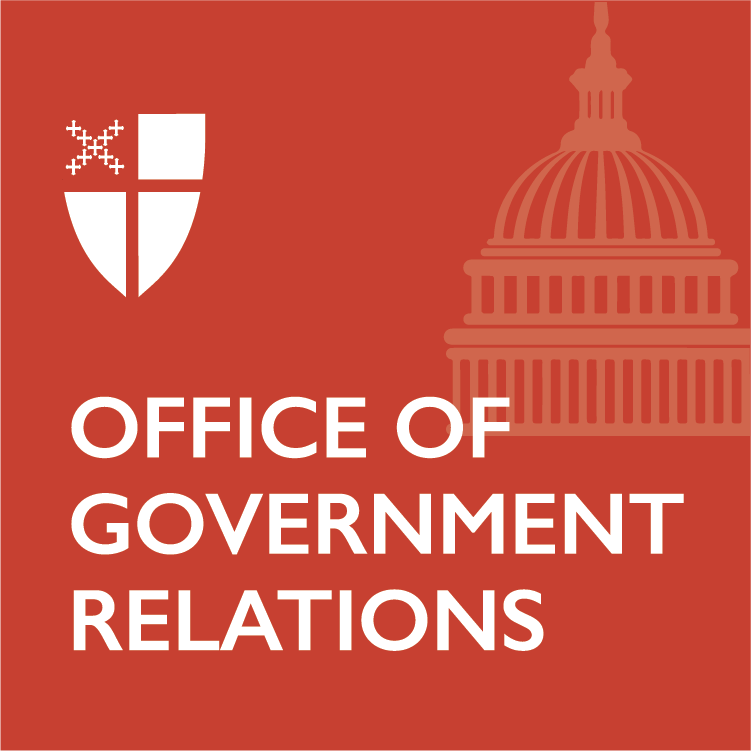The 2020 Census is now live! And it has never been easier to respond on your own, whether online, over the phone or by mail—all without having to meet a census taker. Go to 2020Census.gov right now to fill out your census.
Census data contribute to the effectiveness of a number of social safety net programs designed to support those in need in different ways. These programs help Americans afford healthy foods, acquire affordable housing, and provide families financial assistance and support services. In 2018 these vital programs helped keep as many as 37 million Americans out of poverty.
On Food Assistance
One of the largest social safety net programs that rely on census data for effective implementation is the Supplemental Nutrition Assistance Program (SNAP), with $71,035,786,000 allocated for SNAP in FY 2015 alone. SNAP not only helps to keep millions of families out of poverty but also has massive children’s health and education benefits. Women who participated in SNAP while pregnant gave birth to fewer low weight babies than those who didn’t participate. These children were also less likely to have stunted growth, be diagnosed with heart disease, or experience obesity. Academically, students who were eligible and participated in SNAP had higher gains in reading and math skills in elementary school and an increased chance of graduating from high school than those who were eligible but did not participate in SNAP. SNAP uses household size information from the census to determine monthly benefits, averaging between $131 for a household of 1 to $506 for a household of 5.
On Housing Assistance
The Section 8 Housing Choice Vouchers program allows low-income families to use vouchers to assist in paying for housing across the country, providing housing to 2.2 million low-income families. Once a low-income family has received the voucher, participants then need to locate decent housing where the property owner agrees to rent under the program. This program supports a wide margin of America’s population, as it helps the elderly, people with disabilities, children, and adults. The vouchers also drastically reduce homelessness, lift over one million people out of poverty, and give low-income families the chance to move to better housing than they previously had, which in turn benefits children developmentally, educationally, and health-wise. The Section 8 Vouchers program relies on Department of Housing and Urban Development administrative data and geographic tract data gathered from the census. These geographic tracts are broken up into three subset classifications: small town and rural, suburban and exurban, and urban.
On Temporary Assistance for Needy Families
The Temporary Assistance for Needy Families (TANF) program provides grants to states for further assistance to needy families and is based off of low-income eligibility criteria. States can then use that funding to help needy families end the dependence on government benefits by assisting with child care, education and job training opportunities, among other services.
These programs have allowed millions of people in the U.S. to rise out of poverty and gain access to more nutritious foods, better housing, and new employment skills. An undercounted population would mean these programs run the risk of being under-funded, resulting in many Americans being unable to make ends meet and leverage these programs to gain independence and stability.
—
This weekend is Census Worship Weekend across the country when houses of worship will encourage people to fill out the 2020 Census ahead of Census Day, April 1st. Please consider sharing this message with your congregation in any virtual services and events you have.
Additional Resources
Census Series Week 1: Why We Count
Census Series Week 2: Healthcare
Census Series Week 3: Education
Census Series Week 5: Businesses & Infrastructure
Be sure to come back to our Civic Engagement webpage for more updates throughout 2020, and don’t miss our Census Engagement Toolkit!
Work on this 2020 Census Series was led by Blair Hood, policy intern, Office of Government Relations
